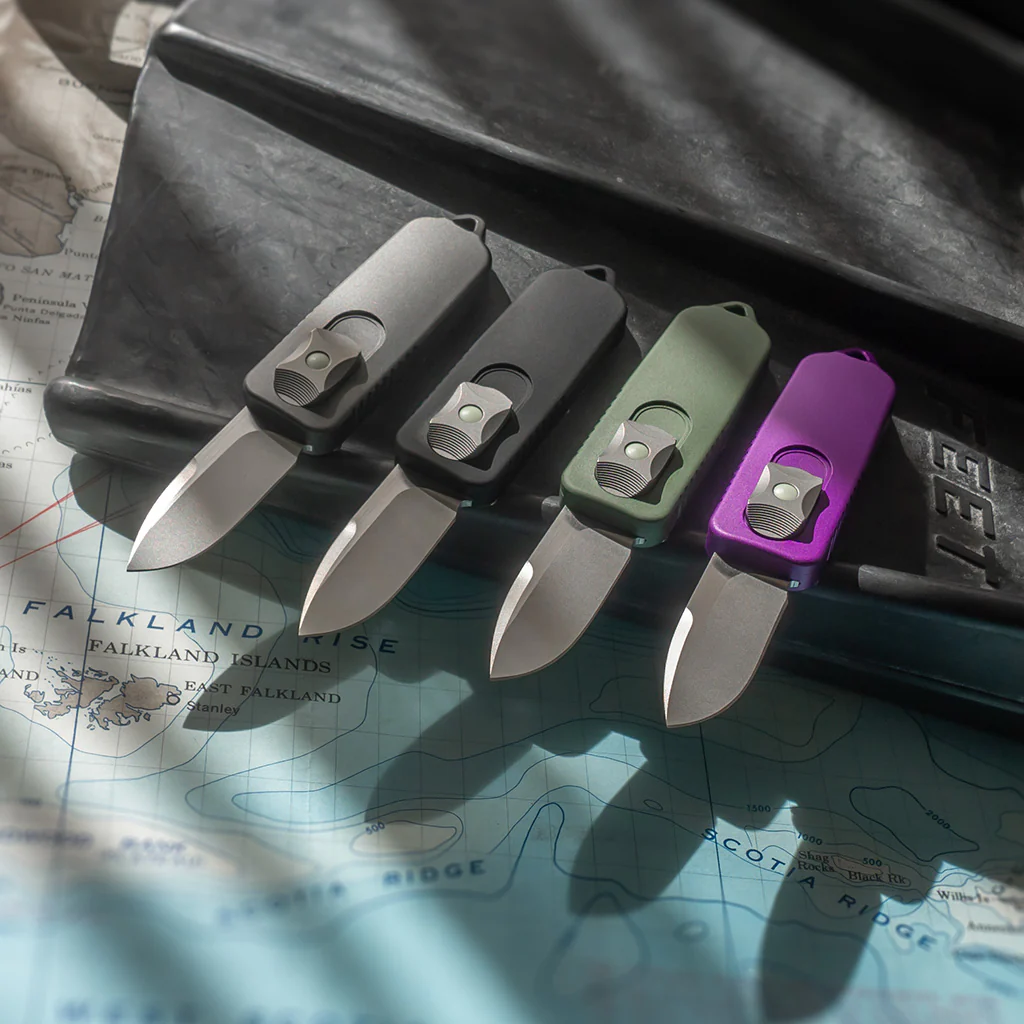The Shooter’s Bookshelf: Left Of Bang

The Cooper Color Code is a foundational element of modern defensive firearms training. The color code was first laid down by Col. Jeff Cooper, the founder of Gunsite, and it’s an easy way to describe how aware we are of our surroundings and any problems that might pop up unexpectedly. The code has four colors, each of which describes a state of awareness of our surroundings.
- White: A person is unaware and totally oblivious to what is going on around him.
- Yellow: A person is in a relaxed state of awareness, observing the things that are going on around him, and he is aware that he lives in a violent world and may have to take action at any time.
- Orange: A person observes a possible threat and stays focused on that potential threat until he can determine if it is real and if he must take action.
- Red: A person observes that the threat is real and he is immediately prepared to take action, including the use of deadly force, depending upon the actions of his attacker.
These are a simple and intuitive way to describe what’s going on around you and what sort of response you might have to any problems which might pop up. There is, however, a problem word there: Intuitive, aka something that we feel as much as we know. I am not knocking intuition as a defensive tool, as I fully agree with Gavin de Becker and others that intuition is a vital part of self-defense. As a species, we are really good at sensing when something just “doesn’t feel right,” and we should get ourselves out of that area with all possible haste.
Intuition Just Isn’t Enough
The problem is that intuition is based on life experience and insight, not repeatable, verifiable data. “He just didn’t look right” might seem perfectly reasonable to us, but try explaining to someone else what that actually means. What about that person set you off? Was it one thing, or a combination of things? Can you repeat that intuition in a similar situation? What about in a court of law?
And here’s where we come to the crux of the matter. Can you explain to your lawyer or a prosecutor or a jury why you acted like you did in a given defensive encounter? If we can’t explain why our actions were reasonable in our specific circumstances, we set ourselves up for a world of legal hurt.
Let’s pause for a moment and cast our gaze back almost 20 years to what the Marines were going through in Iraq during Operation Iraqi Freedom. Our forces were doing very well once the fighting started, but the fight was starting on the enemy’s terms, not ours. Picture the battle as a timeline going from left to right, with the start of the fight, the “bang,” in the middle of the timeline. We were winning everything to the right of the bang, after the bomb went off or the bullets started flying. The problem was with the left of bang: Our troops were getting ambushed, and that needed to end.
Created By And For Chaos
Enter the General John Mattis and Combat Hunter program, which lays out the principles written up in Left of Bang. Gen. Mattis rightfully believed that the casualties we were encountering could be reduced if our troops could be better at spotting trouble before it happened, so he gathered a group of experts to create a method of spotting ambushes before the fighting started, especially in urban situations. The system had to be teachable and usable by troops who had limited life experience in the areas where they were patrolling. The result was the Combat Hunter program, and it is 100 percent as applicable to our lives as it is to a leatherneck patrolling the streets of Fallujah.
The Combat Hunter program, in essence, has two steps:
- Establish a baseline of “normal” for any given social environment
- Look for changes in that normal which might require your attention
Those changes can be one or more of six different things:
- Kinesics: Body language, body movement, and nonverbal communication
- Biometrics: Sweating, skin color, muscle twitches and other involuntary responses
- Proxemics: Where are people standing in relationship to each other and yourself?
- Geography: Where are you? What time is it? What sort of neighborhood is it?
- Iconography: What are people wearing? What other visual signals are being sent out?
- Atmospherics: The mood of the place: “I don’t know, I got a bad feeling about this…”
The Combat Hunter program and Left of Bang teaches us that if any three of these are “not normal,” we must act. What that action is going to be will vary on what is happening: A panhandler begging for change in a nice neighborhood is going to require a completely different response than the sudden appearance of a knife and a command to “Give me all your money” in a shady part of town.
A lonely gas station at night, in an unfamiliar part of town. What could possibly go wrong?
Applying Left Of Bang To Our Lives
Let’s look at a potential application of this program to our lives. It’s a Saturday afternoon, and you’re pushing a cart full of groceries out of your local discount grocery store. The parking lot is about 2/3rds full, and 20 yards away to your right is a group of a half-dozen young men, all dressed alike, with blue being the predominant color of their clothing. All of a sudden, one of them breaks away from the group, points to you and says “Hey” while rubbing his face with his other hand and glancing about nervously. Is this an encounter that is going to require you to take action? Let’s break it down.
Kinesics: Nervous glances and touching your face (aka “grooming”) are two classic pre-attack indicators.
Proxemics: One person left his social group and is headed your way. Yep, that’s a thing.
Geographic: You’re in a parking lot, which is a prime hunting ground for bad guys.
Iconography: The blue colors in the clothing are giveaway here, as gangs tend to wear colors of one color or another as a way of maintaining identity. Now it could be that these guys are all part of the same softball team, but that’s not the way I’d bet here.
So we’ve established that four of the six items to look for are not normal, which means it’s up to us to act or face the consequence of inaction. What that action might be is up to you, but in this instance, I would probably use the principles of managing unknown contacts and cycle through “Ask, Tell, Make” until the problem goes away or I have to up the ante.
The end result of this isn’t just avoiding a potential problem before it happens, it’s also a way of describing to others why we acted why we did. We didn’t ask the guy who approached us to stop because “He didn’t look right,” we asked him to stop because we identified four things about him that weren’t “normal,” and can explain what those four things are. This in turn, is easier to explain to anyone who asks us why we did what we did, which helps keep us out of trouble with the law as well as with the criminal element.
I consider Left Of Bang to be an essential addition to the library of anyone who is serious about keeping themselves safe from the perils of our modern world. The principles it lays out are an integral part of the classes I teach, and they should be a part of your mindset as well.







